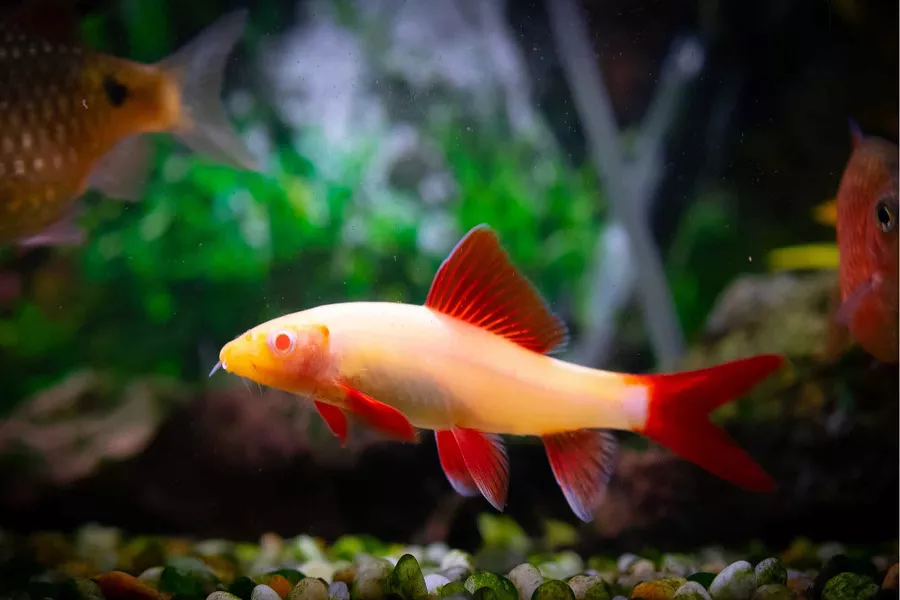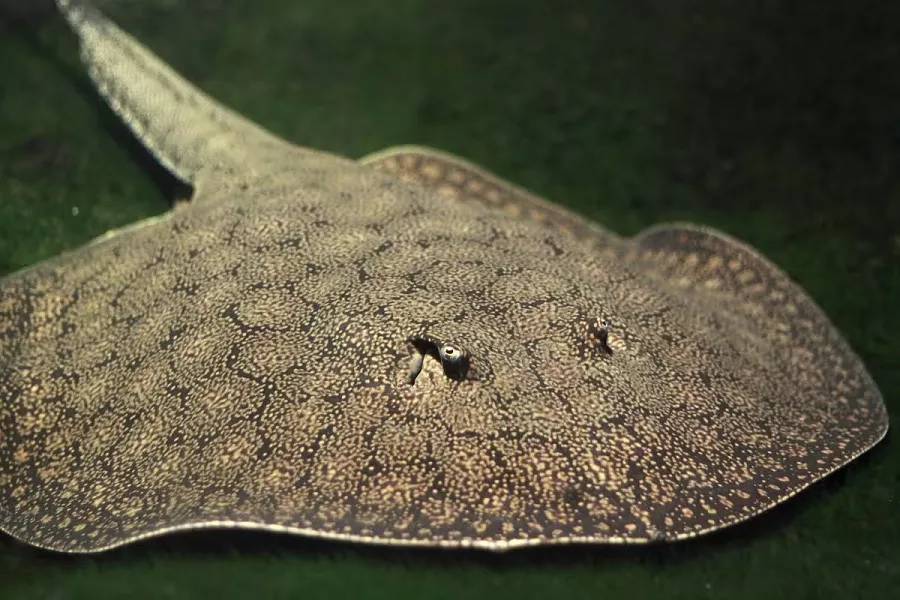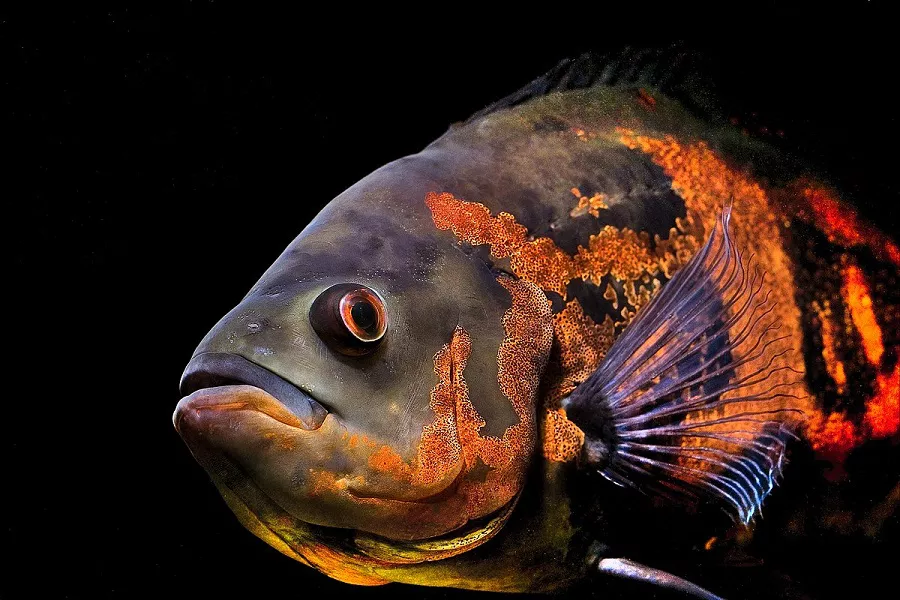What is rainbow shark?
rainbow shark (scientific name: Epalzeorhynchus frenatus) alias red tip shark. Native to Thailand. The rainbow shark body is long fusiform, slightly flattened on the side, the tail fin is forked, the body length can reach 12-15 cm, the body is light brown, and the fins are orange-red, shining under the light. So it has always been loved by everyone. Rainbow shark is adaptable, easy to raise, likes neutral water, and grows well at 20°C; however, it has a fierce and aggressive personality, and often fights among the same species, and sometimes swallows other species of small fish, it is best not to Polyculture of too small fish. They do not choose food, prefer to eat animal bait. It is difficult to identify male and female rainbow sharks. After sexual maturity, males are slender, while females have larger abdomens. The rainbow shark is an oviparous fish and it is difficult to reproduce.
What does rainbow shark look like?
rainbow shark, the rainbow shark from Thailand is a medium-sized and large species among tropical fish. Its body length can reach 14 cm, its body is spindle-shaped, its tail fin is forked, its body is black and ink, and its tail fin is golden red. Red and black are placed in one, the colors are distinct and unique. Another sign of the rainbow shark is a particularly broad dorsal fin and two whiskers on its mouth. Body elongated and flattened. Abdominal outline is relatively flat. Mouth anterior, snout end with short whiskers. The dorsal fin is high and triangular in shape, located in the middle and rear of the fish, and the overall appearance is similar to that of a shark. The body color is uniformly black, and the male fish has a darker body color. All fins are dark black, except for the caudal fin which is bright orange, and the pectoral fins are pale or slightly orange. The maximum body length can reach 12 cm. The body is fusiform in height, 5-6 cm long.
rainbow shark living habits
The optimum water temperature for rainbow shark to grow is 24-26 degrees, and it requires old water with high oxygen content. Omnivorous, but likes to eat live bait such as fish, worms and water earthworms. Swimming agile and lively, adult fish will attack other fish, especially like to bite filamentous fin rays, and it is not suitable to mix with fish with filamentous fin rays (such as angelfish). Should be raised in groups. Variants include green tiger skin fish and golden tiger skin fish.
Rainbow shark is also a very good breed. It has very low requirements on water quality and likes old water, so it is not suitable to change new water. The suitable water temperature is 22~26℃. Because it is a large bottom fish, the fish tank must be wide and slightly high, and broad-leaved aquatic plants should be planted. Rainbow sharks like to live in semi-dark and semi-dark environments. They are less timid and like to hide in the grass. The fish has a mixed diet and is a famous “sweeper”. The moss, residual bait and algae in the fish tank can be eaten, but it still prefers live food, so you can feed more red nematodes and the like. When raising rainbow sharks, juveniles can be kept in the same tank, but it is best to put only one fish in a tank after they grow up, because the concept of rainbow shark territory is unique. If there are two rainbow sharks in a small fish tank, it is often a You who fight over territory are life and death. In addition, they also have the habit of chasing other species, but generally do not harm friends.
rainbow shark rearing
rainbow shark is a flowerpot oviparous fish, and the gender is differentiated in size and color. Males are thin and small, with golden-red tails, while females are slightly larger, with orange-red tails. When breeding, it is best to raise the male and female broodstock alone in the first half of the month, feed more fresh fish food, lay black and white pebbles at the bottom of the breeding box, plant broad-leaved aquatic plants, and set up an upside-down flowerpot. The breeding water is weakly acidic, and the water temperature is 25~26℃. The male to female ratio is 1 : 1. Both males and females will have rounded houses after half a month, usually laying eggs in the early morning. The marriage of this fish strictly adheres to the “monogamy” system, and no third male fish is allowed to intervene, otherwise the two males will be injured when they fight, so be careful when pairing. The fish has the habit of protecting eggs and generally does not eat its eggs by itself. The fertilized eggs hatched in 2 days, and then foraged for food after 2 days of flat swimming, and fed the “shuishui”. It is worth noting that the mortality rate of juveniles is high at 2 weeks, and nutrition must be strengthened. Juveniles are dark in color. After 8 weeks, the caudal fins turn red, and each fin is bordered with white. When grown, it becomes a black body and a red tail.


























